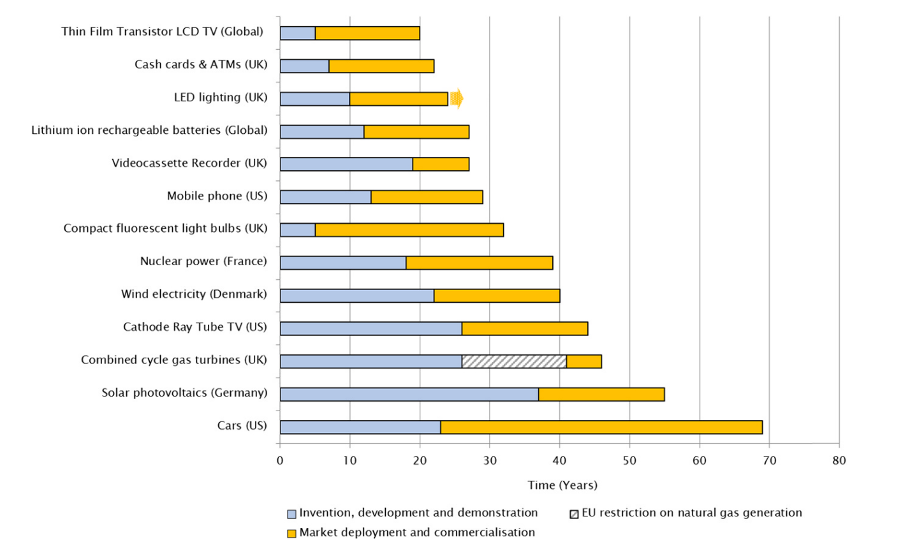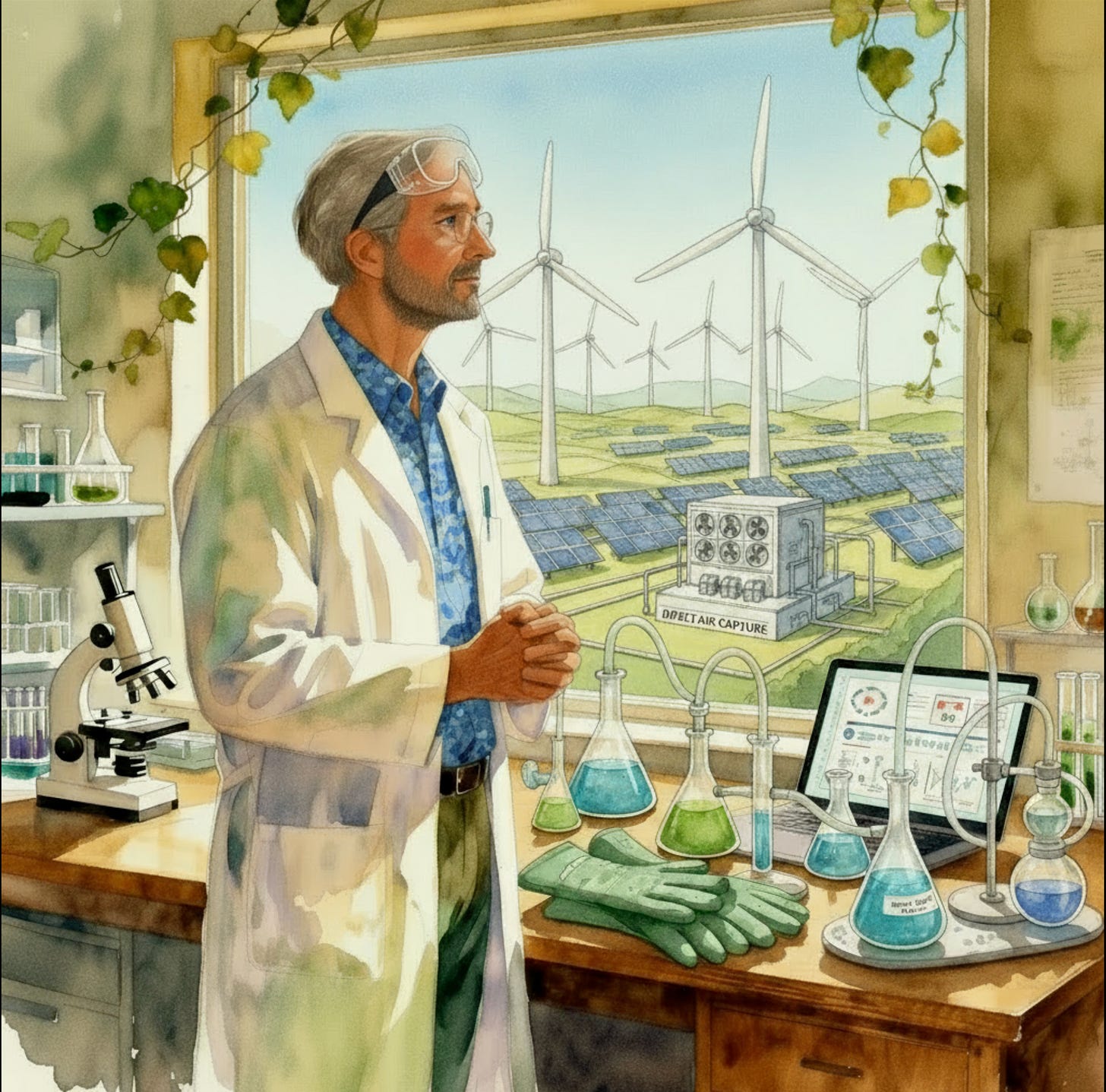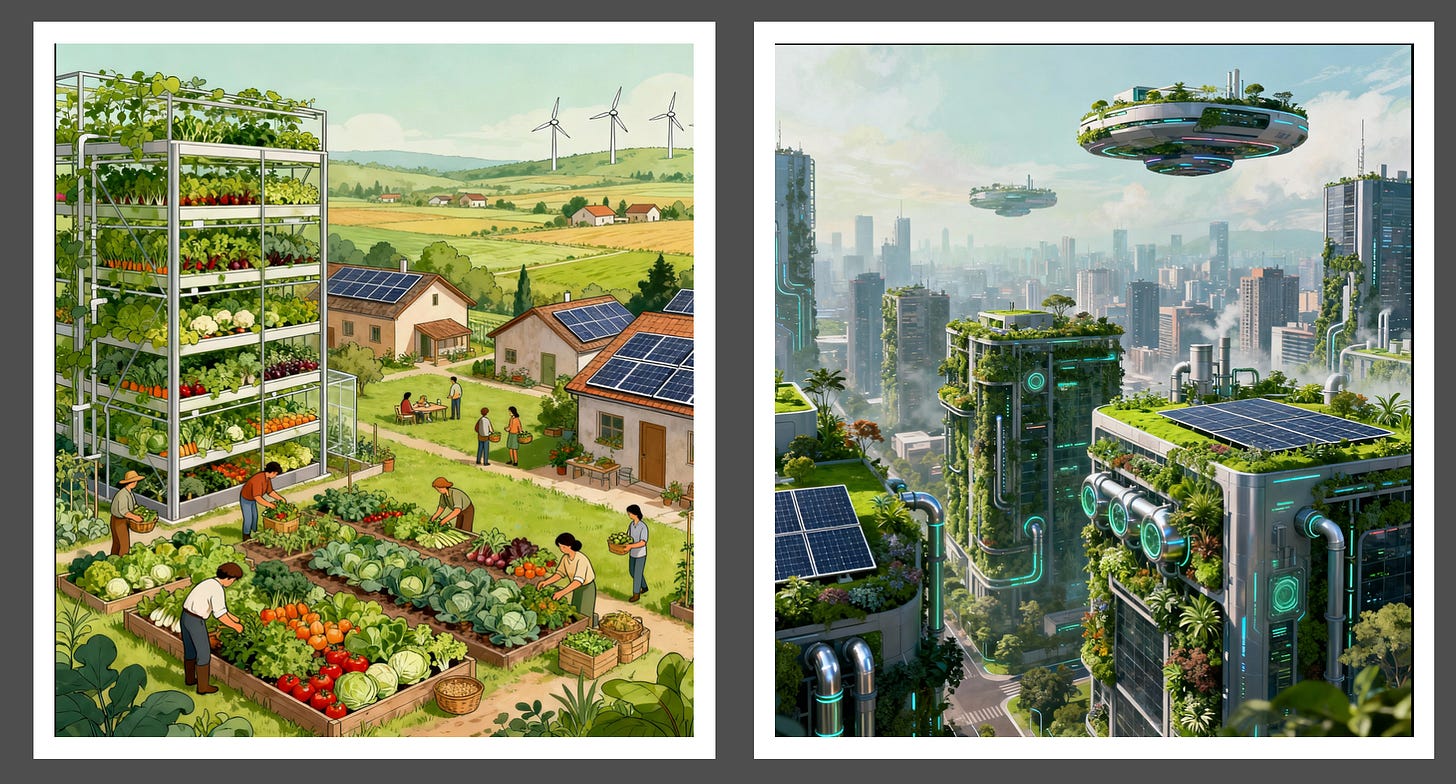What have I learned in 5 years working on climate? part 1
A quick look back with some (useful I hope) thoughts
Almost exactly 5 years ago, I made a big career shift and left a successful career as a scientist in the field of fusion to focus solely on solutions to stabilize our climate. As I am taking some time to explore how I want to continue having impact, it is a good moment to reflect on what I have learnt during this time. My thinking around climate and climate solutions has evolved quite a bit over the past 10 years, based on my reading, study and observations. I remain a pragmatic optimist in the sense that I have seen the climate solutions space radically evolve and progress, but I also know that climate impacts are deemed to hit harder and harder for a while…
I’ll split this article in several parts since this would be way too long otherwise. Here is part 1.
There is no “climate movement” but “climate movements”
Climate change is a unifying theme- everyone working on this cares about how our climate is changing and its consequences. The science is clear on the causes and on what should be done to stabilize the climate- get to a state where we are not increasing the atmospheric concentration of greenhouse gases. Knowing your final destination is one thing, agreeing on what is the route to take is another. And that is where the “climate movement” breaks into many different parts with different theories of change, and views on climate solutions. Take carbon removal for example: the IPCC is clear that we need to actively remove carbon from the atmosphere to compensate for the inevitable residual emissions (possibly from gases other than CO2), but this is a very divisive topic with some climate champions being extremely vocal about it. I am not naïve, this is a topic which can be captured for bad purposes (net-zero oil…) and scaling up that industry is going to be challenging since fundamentally removing carbon from the atmosphere only has value if there is a mechanism to force people to do it. But still, we need to start managing our carbon cycle actively if we want to get a hand on the climate.
Before you start thinking that I picked the most controversial example (you’re in for a treat in a later section so stay tuned) think about those topics: carbon capture and storage, degrowth, mining for the transition, nuclear, electric vehicles, etc…
This variety of views is great in a sense- as it reflects the complexity of the problem, the fact that this is not only a technical problem, but it also highlights something which is not discussed enough: there is no unique way to reach net-zero… (and the point would probably be even more true if one considers all environmental issues and not only climate). Having been in some workshops where participants were asked to picture their view of a future where climate had been stabilized I was shocked to see the very diverging visions that came up (and I will not mention the doomist views which came up from those who thought we would never manage to get there): some imagine living in the country-side in a farm-like environment producing and exchanging goods with their neighbors when others pictured dense and efficient cities where we moved efficiently and socialized. Clearly, depending on where you are on that spectrum, your take on “climate solutions” is going to be rather different. Yet- we are all saying we work to stop climate change… (I would only point out that about 57% of global population lives in cities and that share has been constantly increasing in the past 60 years)
The problem is that the incumbents have an easier position: they know what they want to maintain and have an easy way to point out inconsistencies on the other side.
Some things have improved at impressive speeds
Let’s be clear. Global emissions are still increasing- we might be approaching a peak but that needs to be confirmed. And as long as we emit greenhouse gases, climate will keep changing and impacts keep increasing. This actually presents an interesting public perception challenge: even when emissions start decreasing, we will still see the climate changing…
In parallel though, a lot of the technologies we need to decarbonize our energy system have evolved at an impressive pace: electric vehicles, batteries, solar photovoltaics, wind, heat pumps (be it for homes or industrial applications), electrolysers, etc. The solutions to significantly decrease our emissions in the next decade or so are available commercially and in most cases economically competitive. This is no small feat: 15 years ago, it was not clear that electric vehicles were going to be such a clear winner (although I am sure many will say they had predicted it), and there was certainly a lot of debates about how much renewables could be integrated on the grid before causing issues. In the first 6 months of 2025, renewables produced more electricity than coal for the first time in history- and their share is only going to go up.
And even for those sectors which used to be referred to as “hard to abate”, things are evolving fast- although the deployment at scale remains a big task. The International Energy Agency estimated in 2021 that 50% of the emission reductions needed in 2050 (the framing is not straightforward) would come from technologies still at the demonstration of prototype phase. Two years later, that share had come down to 35%. And things keep moving.
Those solutions are in many cases the results of decades of research and development (the photovoltaic effect was discovered in 1839…), and climbing through the ladders of the technological readiness level ladder. But once there, the rates of improvements have contributed to much better efficiency (both in terms of energy and material use) and decreased costs. Energy density of lithium-ion batteries has more than doubled in the period 2010-2022, efficiency of solar panels has increased by 50% over the same period. In parallel, silicon use in PV has decreased by 60%... No small accomplishments, and there is more to come.
That makes climate change less and less of a technical/technological issue and much more of a political economy one.

No solution is perfect- but the status quo is worse
It should be clear to the reader of this page that there is no silver bullet when it comes to climate and environmental issues. Neither fusion nor hydrogen, nor anything really (not even geo-engineering that I’ll discuss later). Reaching net-zero emissions will require deploying and testing a myriad of things. Electrificationwill be the underlying theme (electricity will be the largest share of our final energy use in a decarbonized system) but this will be achieved through the deployment of a myriad of technologies from production to use. Let’s also be clear that everything has an environmental footprint during construction, use, and eventual recycling (see here for electricity generation).
There is an inherent tension between the need to move fast and the desire to be perfect- a point which I discussed in my TED talk in 2024. Electric cars are a great way to decarbonize cars, they replace one emitting technology by something providing a similar service (I would actually argue that they offer a better service since they are way better to drive, and can provide service to the grid once vehicle to grid is finally deployed) but with much lower emissions. But traffic jams caused by electric vehicles are not better than those from internal combustion engine cars- although you get the benefit of not having the smell of gasoline/diesel. This comes back to the previous point about silver bullets… Developing an efficient and more sustainable transport system will require a combination of things which will also depend on the geography being considered- fast trains going across the US would be great, but that is unlikely to happen in the short term.
There are some very divisive questions around “clean energy” technologies. The most acute is probably the one around mining. Yes, renewables are generally more metal intensive than the fossil fuel generation technologies they replace, which means that significant investments in mining will be required to supply the minerals we need. But overall, transitioning will lead to a decrease in the level of extraction needed for the energy system. And that is because we extract around 16 billion tons of oil, gas and coal every year- that we burn. In contrast, metals can be recycled and we can move to a more circular model. Clearly, mining can have huge impacts and more work is needed to improve practices and the impact on local communities.
Slowing down the deployment of the solutions we have means perpetuating the current fossil-based system for longer, increasing human suffering due to climate change. A difficult thought but a question of priorities. We can debate amongst ourselves about what is the best way to proceed, but I don’t think we really have the luxury to wait. But perhaps more importantly, and I will discuss that later, we have to recognize what we know and what we don’t know and change course on the way if needed. The consequences of delayed actions are way too serious…
(to be continued…)



